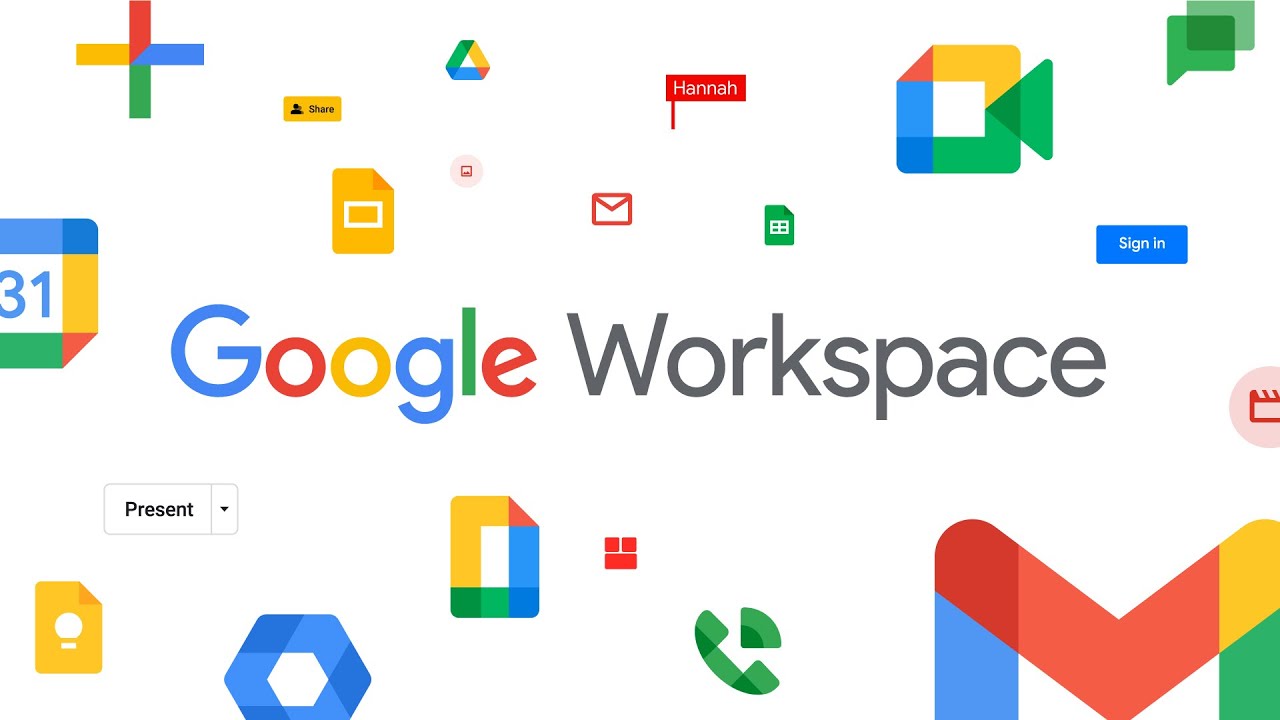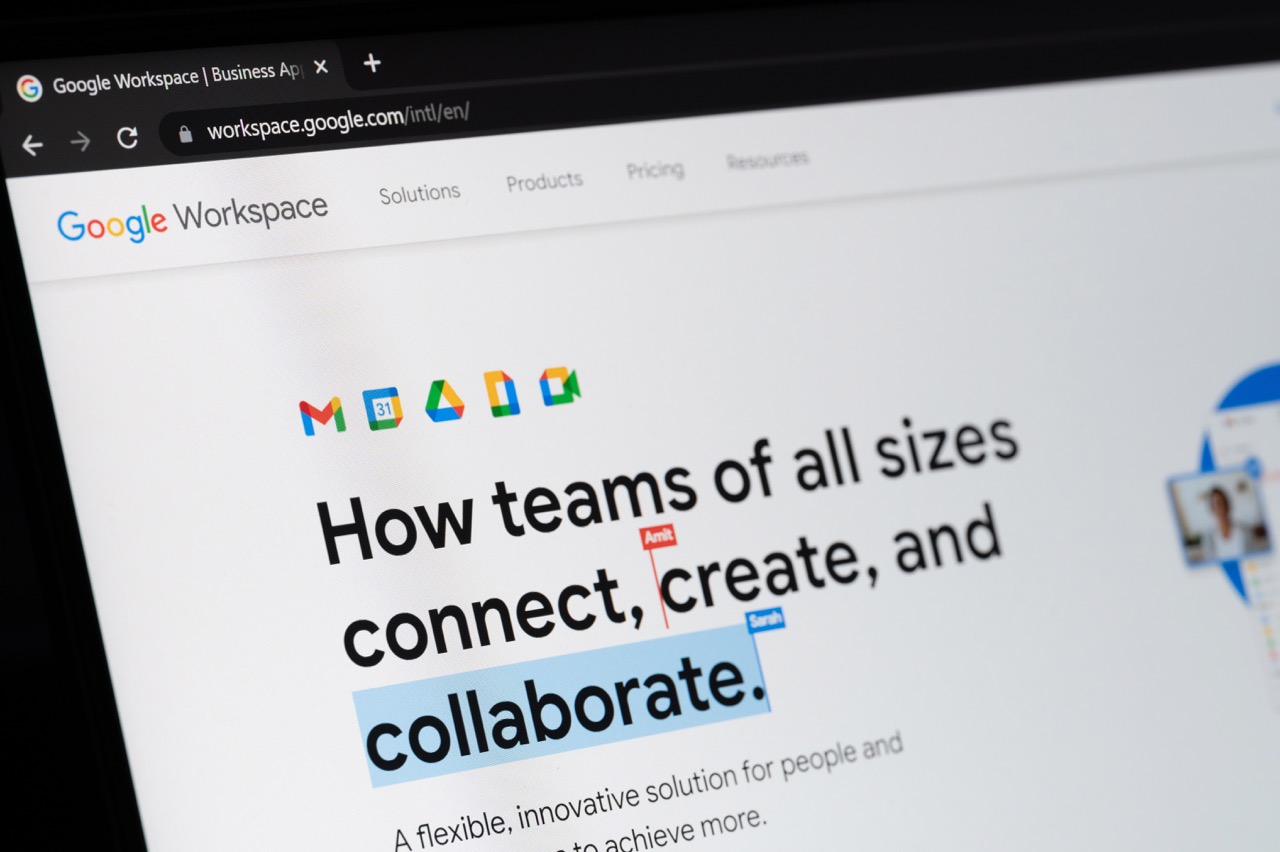
At Pythian we know Google Workspace is a comprehensive suite of business productivity tools that drives enterprises to become more agile, more data driven, more collaborative, more productive and more engaged.
Those already using Workspace understand the competitive edge it offers for their businesses. However, fear of change is natural, so it’s understandable that other organizations may be worried about making the switch to Workspace.
If you’re concerned about the pain of change, we’d ask you to consider the pain of same. If you have key business goals you’re still pursuing, how can you reach those goals if you continue to work the same way in the future as you did in the past?
We know change can be disruptive in the most positive way possible, and we know working with Workspace can help you get results.
With that in mind, we’re here to dispel some of the biggest (and most inaccurate) myths we’ve heard about Google Workspace.
Myth #1: “Real” businesses use Outlook
As an extremely—and increasingly—popular email client (second only to Apple iPhone), obviously large numbers of people see the attraction of Gmail.
However, there may still be some personal Gmail users who are unaware of the power of Gmail for business and still think of Outlook as the “business” option.
Gmail for business offers many powerful and useful features including:
- Custom email @your company. Gmail helps you build customer trust by letting you create professional email addresses for everyone in your company at your domain, as well as group mailing lists, like sales@your company.
- Robust integrations. You don’t have to leave Gmail to connect with coworkers via Meet or Chat, or to send an invite in Calendar. You can also connect your favorite third-party applications using Google Workspace Add-ons.
- Organization tools. Labels, folders, filters and archiving are all designed to optimize access to your information by providing strong storage and search capabilities.
- Time-saving smart suggestions. Smart Reply, Smart Compose, grammar suggestions and nudges are all designed to improve the quality and efficiency of your work.
- Threat protection: Gmail’s machine learning models block over 99.9 percent of spam, phishing, and malware from reaching users.
If you’re still unsure about using Gmail for your business here are a few things to consider:
- It plays well with others (or, works well with your other tools, including Microsoft Outlook, Apple Mail and Mozilla Thunderbird).
- It’s easy to migrate from Outlook, Exchange or Lotus using custom tools to help preserve your important content.
- It has 99.9 percent guaranteed uptime, and zero percent planned downtime, due to automatic backups, spam protection and industry-leading security measures.
Myth #2: I’m worried about the security of my data
So is Google. So much so that they’ve posted their Google Workspace security whitepaper for anyone to read. Read on to learn about more specific security concerns:
Data Ownership:
Google Workspace customers own their customer data. This means:
- Google doesn’t scan data you put into Google Workspace for advertisements.
- Customers receive a detailed Data Processing Amendment describing Google’s commitment to protecting customer data.
- Should you wish to delete or export your data, Google will support that move without imposing penalties or additional costs.
In their license agreement, Google undertakes never to share your data with anyone unless by court order or when required by law enforcement. Also, Google Workspace is GDPR compliant meaning it meets or exceeds all requirements related to data protection regulation at the technical level.
Data Location:
While it’s great to have the option of distributed cloud data centers, some organizations want to store their data within certain geographical boundaries—a practice known as “data location.”
To give customers as much control over their data as possible, Google Workspace offers Data Regions functionality, allowing fine-grained control over the location of your data.
As an organization, you can create as many organizational unit, or group-specific regions as you want and change your data location settings anytime, anywhere—US, Europe or global—while retaining full edit capability during the move.
Myth #3: I can’t work offline in Google Workspace
Many people mistakenly think no internet = no access to Google Workspace. They wonder how to work on a plane or on the go—when using a browser-based solution.
The truth is, Workspace works without an internet connection in the following ways:
- Gmail. You can read, write, search, delete and label email messages using Gmail offline. When you reconnect, Gmail automatically updates, sending messages in your outbox and downloading updates from the server.
- Docs/Sheets/Slides. You can access, create and edit files offline from your phone, tablet or computer.
It’s also important to make sure you’re fully aware of the limitations of Office 365 licenses. Not all come with desktop apps, and it may cost extra to get this access.
In terms of Google itself being offline, because they store data in several centers, there is no risk of a complete failure of a particular site. Service is unavailable in only 0.1 percent of cases, which is less than nine hours per year.
Myth #4: I don’t want to lose the functionality of Excel
Since their debut nearly 40 years ago, spreadsheets have remained core to how businesses get work done and many businesses have built processes around these spreadsheets. Because of this, it’s no surprise that customers using Excel are nervous about a change.
Excel is definitely powerful. So much so that very few users actually rely on its full functionality and power. The most common use of spreadsheets is for list management.
For the vast majority of non specialized users, switching to Sheets, with power AI built in, is the best way to bring data into day-to-day decision-making.
It’s also important to compare the functionality of online spreadsheet programs. Excel online is not the same as Excel desktop and lacks functionality that’s standard in Sheets.
For those in your organization who really do need full Excel, xls and xlsx files can be safely stored in Drive and the rest of the organization can collaborate on them there.
Myth #5: Workspace doesn’t interoperate well with Office
Fact: You can view and edit Office files in Workspace without installing Office.
Google knows you want to work effectively and seamlessly regardless of what file type you or your colleagues may be using. For this reason Google has invested in conversion fidelity to enable Google Workspace users to collaborate with people using legacy files in Office formats without any format conversion.
Myth #6: Changing over will be too hard
Fact: Google wants you to be able to switch in days/weeks rather than years, which is why Workspace is designed to be easy to deploy and use.
You also don’t have to jump in with both feet—there’s no need to uninstall existing software on Day One. You can allow team members a chance to explore the functionality provided by Google Workspace, then, once they find their most-needed and most-used features are available, reduce your overall licensing bill by moving away from previous services.
And, of course, Pythian can help you migrate to, and get the most out of, Google Workspace with our Managed Google Workspace Administration service providing best practices, support, training and much more.
Have questions? We have answers! Please contact us—we’d love to hear about your business’s needs.
Share this
You May Also Like
These Related Stories

Making the case: Is Google Workspace Enterprise right for my organization?
Does your IT team have the resources to properly manage your Google Workspace environment?

No Comments Yet
Let us know what you think